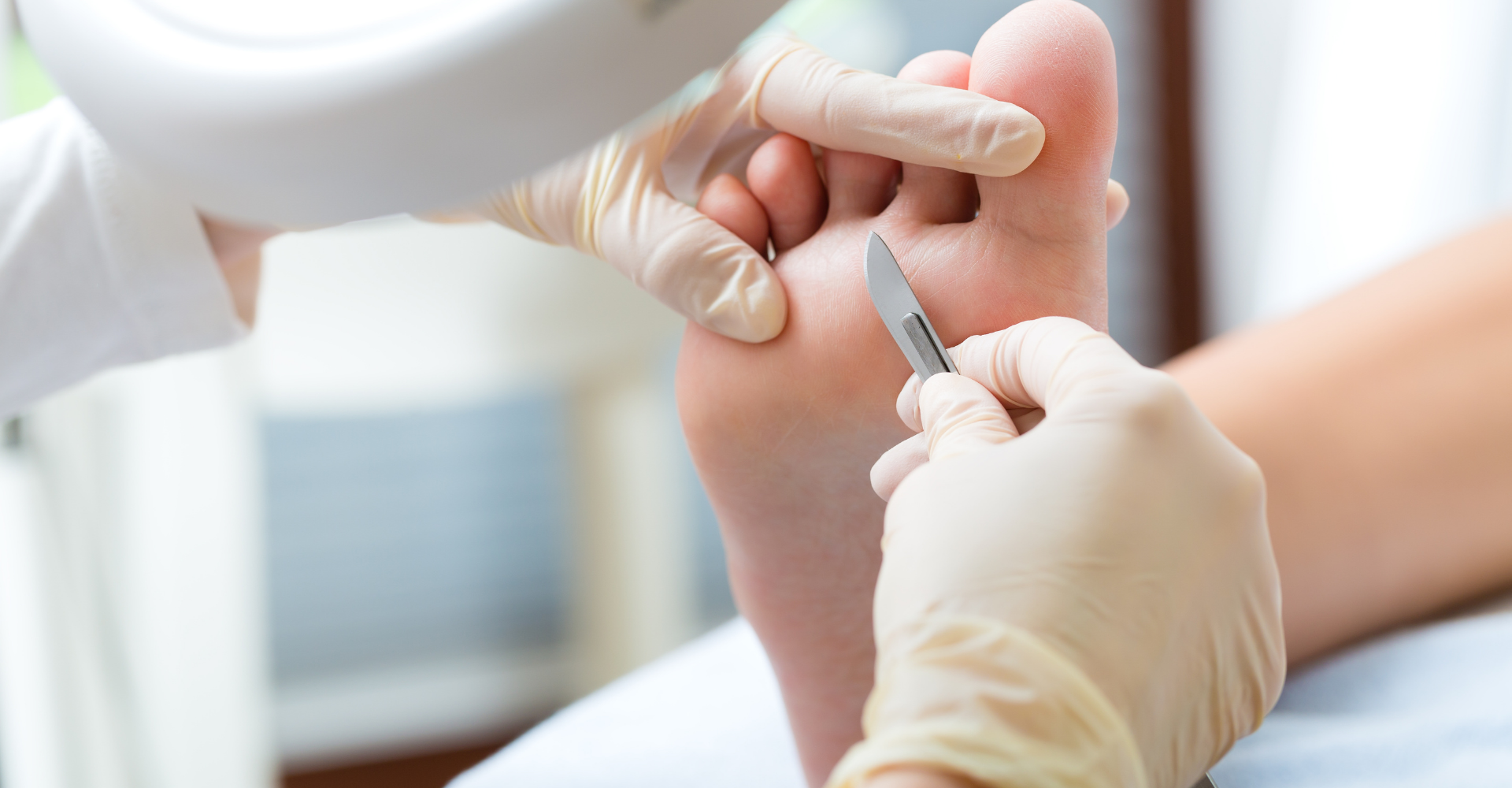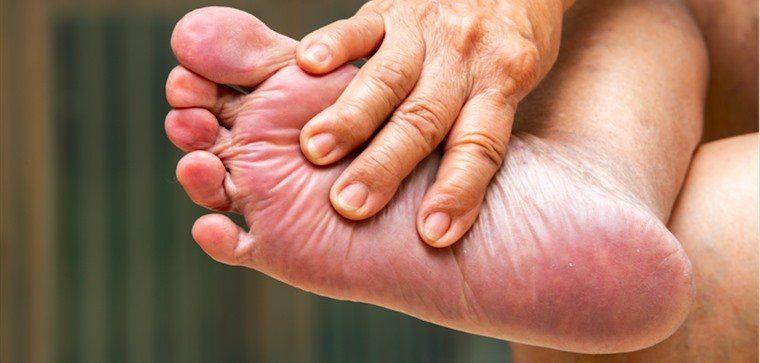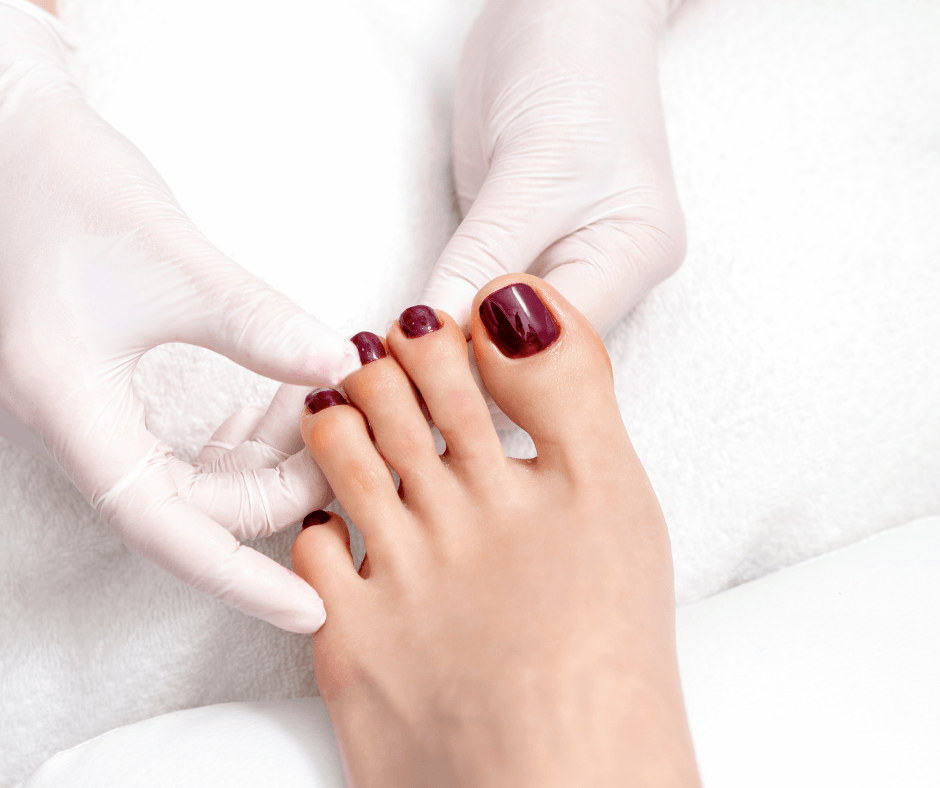DID YOU KNOW?
Common Myths about Podiatry

Podiatry may be one of the most misunderstood medical fields. Here are five common myths and the truth behind them:
MYTH: Podiatrists only treat conditions with feet and toenails.
FACT: Podatrists treat a range of conditions stemming from below the knee. In addition to more common conditions you'd associate with podiatrists such as fungus, ingrown nails, and bunions, they can also treat ankle sprains, plantar fasciitis, achilles injuries, fractures, and shin splints.
MYTH: I don't usually have foot problems so I don't need to see a podiatrist regularly.
FACT: Like you would schedule regular checkups with your dentist and eye doctor, everyone should have their feet regularly checked by a podiatrist. Not only can they detect potential problems such as ulcers, ingrown nails, and stress fractures, they can also help alleviate common conditions such as foot and leg pain. Since our feet bear the brunt of our weight, it's a good idea to get them checked to make sure our base is stable!
MYTH: I don't need a podiatrist, I can just go to my orthopedist for most of these problems.
FACT: There is a lot of overlap between orthopedics and podiatry, especially when it comes to sprains, strains, and fractures of the lower extremity. However, podiatrists are more specialized in these conditions, and even though they may not be the first provider you think of, it's definitely worth the visit!
MYTH: Running causes toenail issues.
FACT: While running regularly can increase the likelihood of nail problems such as fungus or losing a nail; these can happen to anyone with improperly-fitting shoes. One thing podiatrists can check is the fit of your shoes to make sure they are not causing unnecessary strain or rubbing anywhere.
MYTH: Only those with diabetes have foot problems.
FACT: While a common complication of diabetes is foot problems such as ulcers and neuropathy, these conditions can strike anyone for a multitude of reasons. Neuropathy is a common side of effect of chemotherapy, anyone wearing the wrong sized shoes can get ulcers, and toenail fungus is more common than you'd realize (and easily treated!) The main thing is knowing what to look for, and getting any change in your feet immediately checked out.
Our podiatrists are well trained to treat many conditions, some of which you may not have even realized before reading this post!



